Orange is one of the brightest, most vivid colors of the rainbow. And it’s not surprising that the color orange is often found in nature. But there are even more things that are orange in nature than you ever imagined.
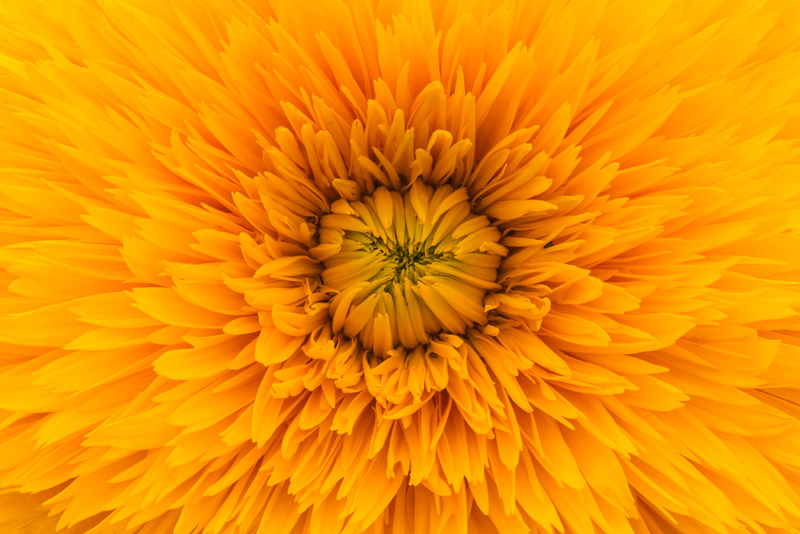
Here’s a list of 20+ orange things in the natural world to get you started! They range from flowers to plants, animals to rocks and minerals.
The Color Orange
The color orange is a secondary color, made by mixing yellow and red. And it’s also found occurring in the natural world.
But what do you think of when you see the color orange?
This rich color has many meanings. It’s a warmer color that can signify coziness and comfort. But it’s also a strong and vibrant color that can mean freshness, adventure, and vivacity.
And sometimes, the color orange can even be a warning. Think of wasps, toxic tree frogs, and road signs.
Finally, the color orange can also signal a time of change. For example, orange leaves herald the fall season and the end of summer.
As you can see, orange can mean many different things. That’s because it appears so widely in nature. So let’s take a look at the things that are orange in the natural world.
20+ Things That Are Orange in Nature
You might not think that orange is a common color in nature. But here’s the proof!
Check out this list of 20+ things that are orange in the natural world.
Tiger Lilies
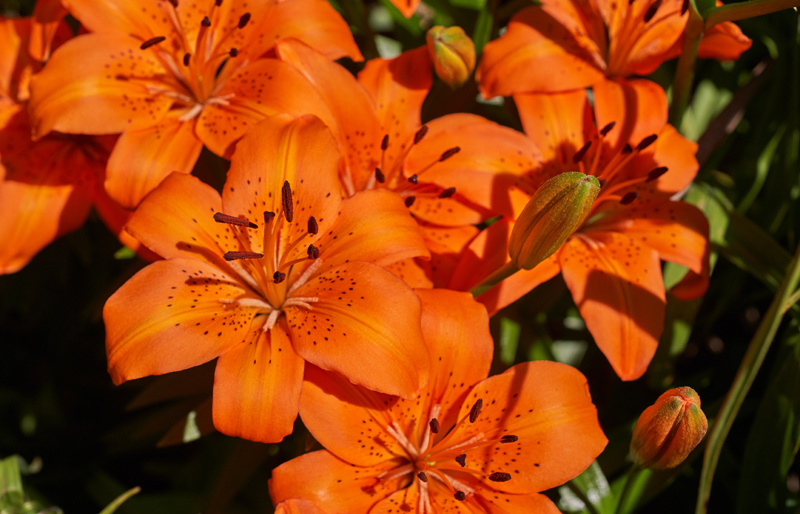
The tiger lily is a beautiful flower with a rich orange color. It grows across much of Asia but is a popular ornamental flower worldwide. Another name for these flowers is the fire lily, thanks to their vibrant shade of orange.
Marigolds
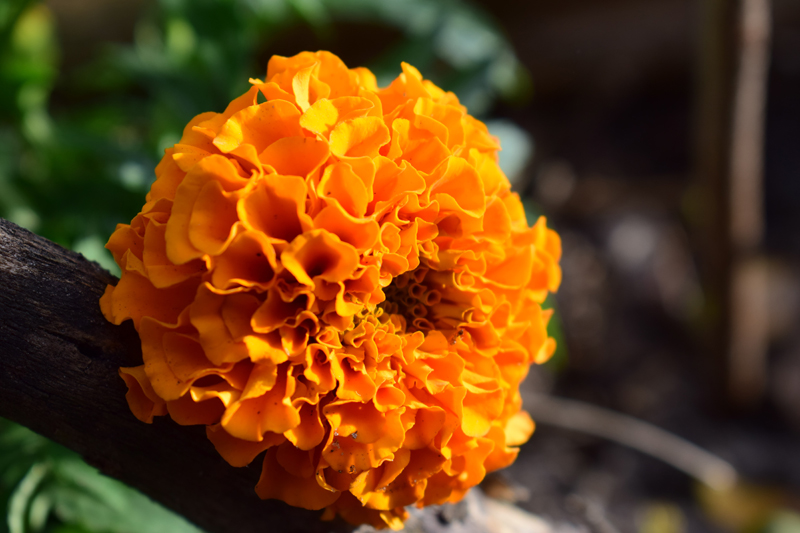
Marigolds are gorgeous orange flowers that are very easy to grow. So, they’re the perfect choice if you want to add a pop of color to your garden. They flower all through the summer and fall and have a delicate scent.
Pansy
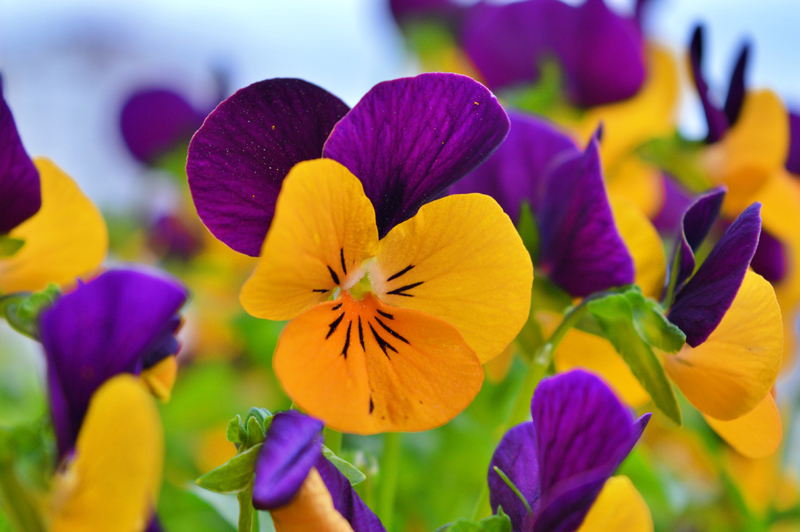
The pansy is a delicate flower with fragile petals. Pansies come in a range of colors, including bright orange. While these flowers don’t last long, they look stunning when in bloom.
Orange Bulbine
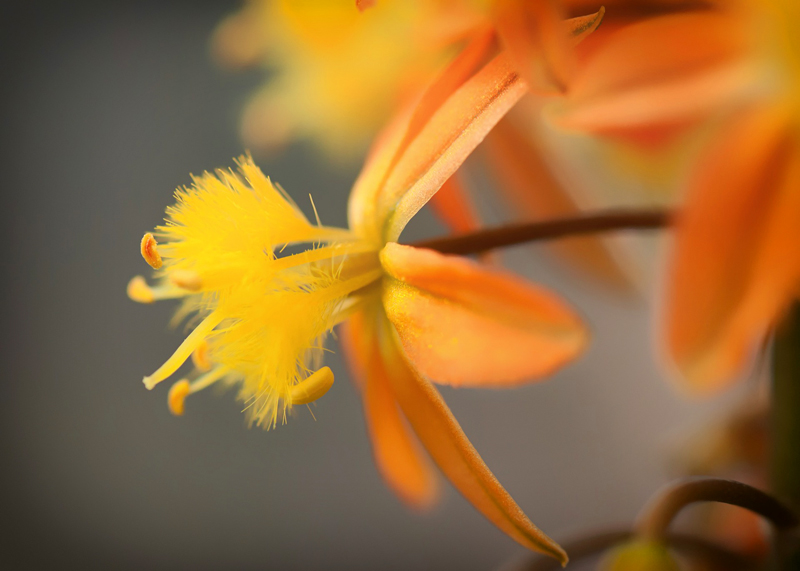
A small, distinctive flower, the orange bulbine has a tall stem. Many individual flowers grow from this stem, making it a sight to be seen in nature. Each flower has a yellow center and fiery orange petals, so it’s very eye-catching.
Calendula
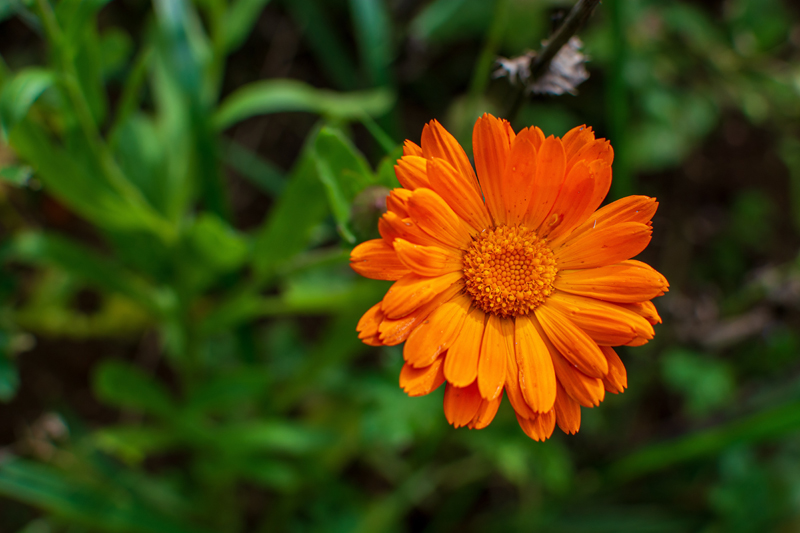
The calendula flower is a pretty orange flower that grows across Asia and Europe. These flowers are said to have calming properties and are often used in skin creams. Their bright color attracts bees and other pollinators.
Birds of Paradise
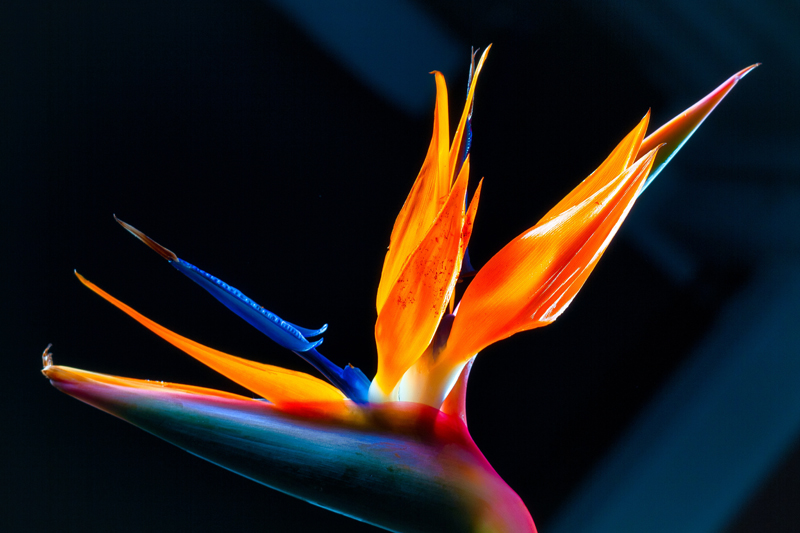
This tropical plant gets its name from its unusual shape. The flowers look like a bird’s slim neck, head, and crest. The stem and leaves are green, which contrasts against the flowers’ vivid orange shade.
Autumnal Leaves
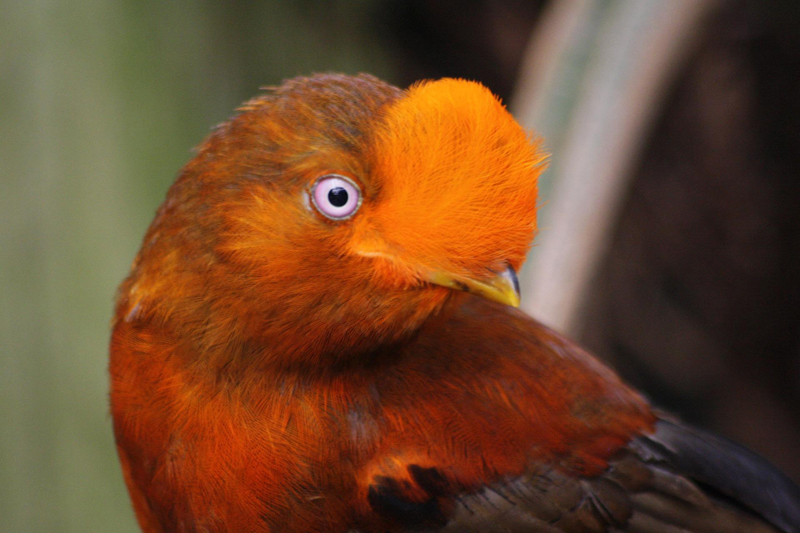
When you think of leaves, the color green likely comes to mind. But in fall, most leaves on deciduous plants will gradually turn yellow, orange, or red. These autumnal leaves are a beautiful sight, and many people enjoy leaf-peeping.
Turmeric
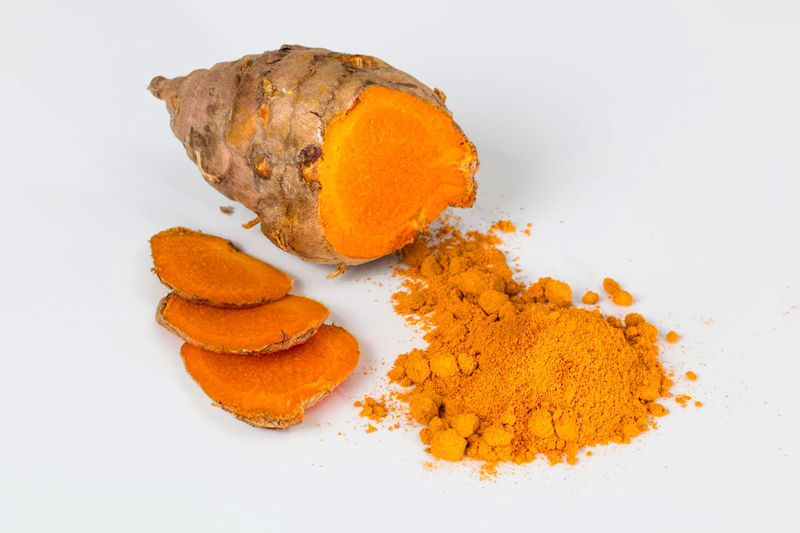
It’s not only flowers that can have the color orange. On the turmeric plant, it’s the roots that have a rich orange shade. Turmeric is a fragrant spice used in many cultures, including India and Morocco.
Oranges
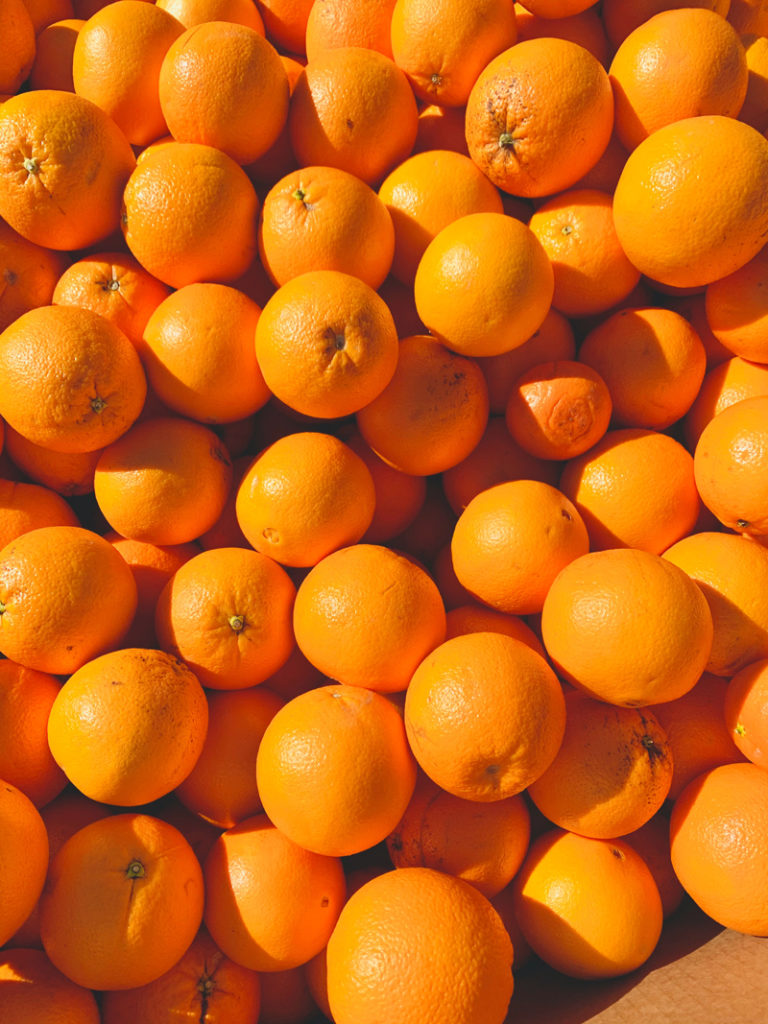
Oranges are the most obvious orange fruit, with their fresh citrus color and juicy taste. But there are many other orange fruits out there. For example, peaches, apricots, and persimmons are all shades of orange.
Pumpkins
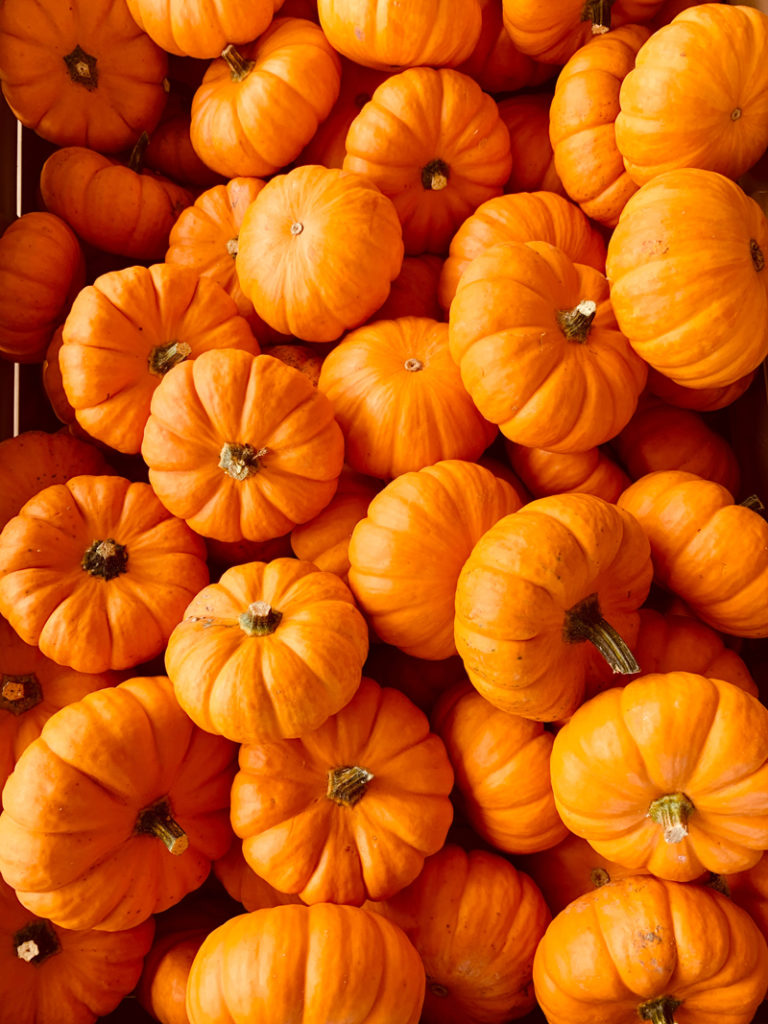
There are also many orange vegetables, among which the pumpkin is one of the most notable. This squash is ready to harvest around Halloween. So, it makes the perfect fall decoration for the home. It’s also delicious in a range of hearty dishes.
Carrots
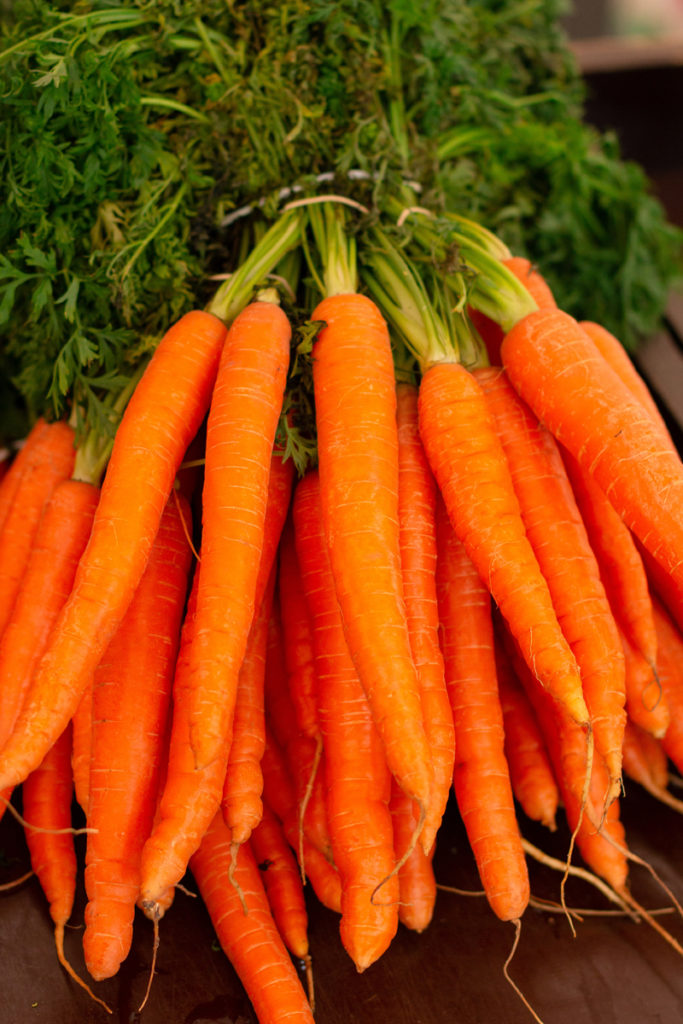
We couldn’t forget the simple carrot. It’s one of the most common orange vegetables and a great way to bring more color to your plate. Carrots are chock full of vitamins C, B, K1, iron, and calcium. So, make sure to add this orange veg to your meals.
Monarch Butterflies
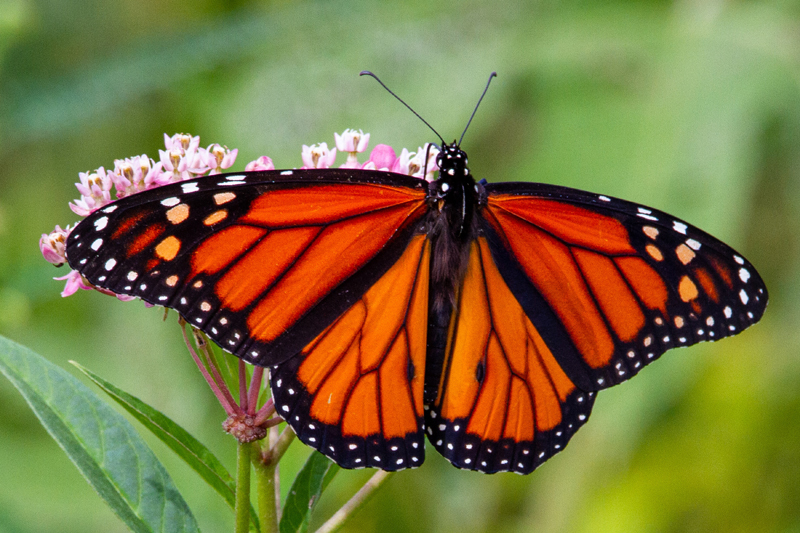
Not only plants proudly display the color orange in the natural world. Monarch butterflies are also bright orange, which makes them easy to spot. These hardy butterflies migrate across the Americas as the temperature drops. They can travel up to 2,500 miles, often en masse in vast clouds of orange butterflies. It’s a sight to be seen.
Bearded Dragons
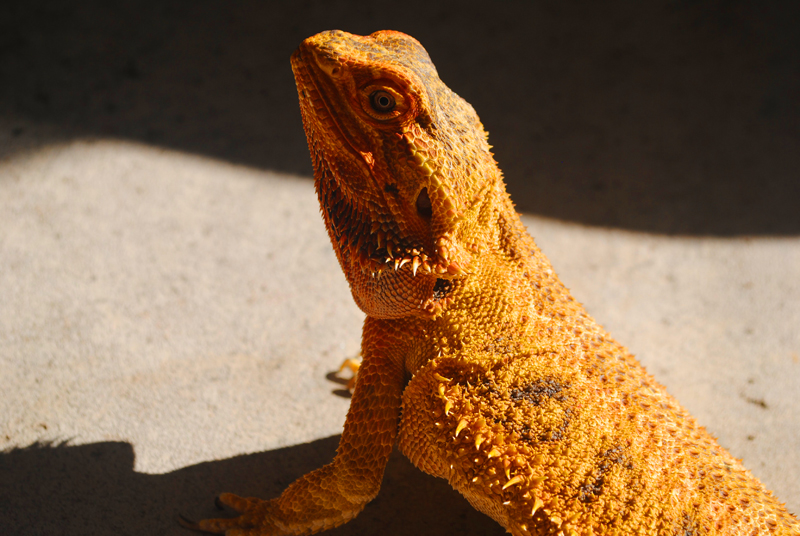
Bearded dragons are lizards that come from Australia, where they live wild. But they are also popular choices as pets due to their gentle nature. These lizards can range from dull brown to bright orange in color.
Clownfish
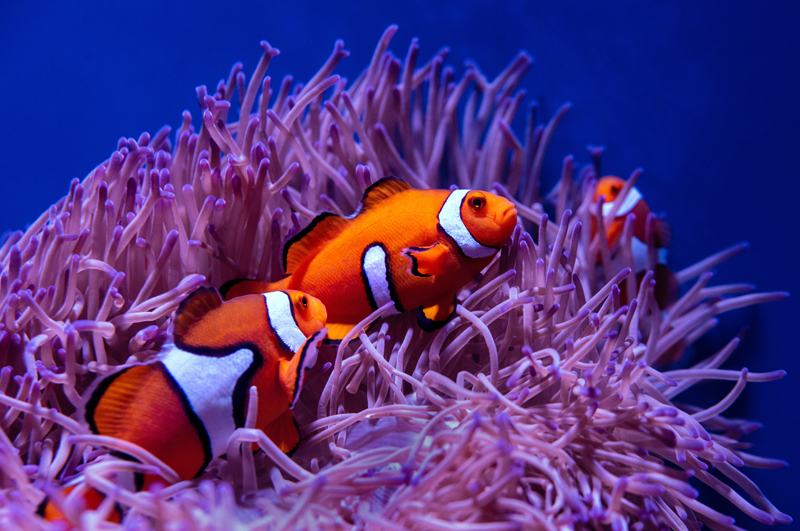
If you’ve seen the movie Finding Nemo, you’ll know all about clownfish. These fish have alternating orange and white bands around their bodies. They make their homes in anemones, as they are immune to the anemone’s sting.
Goldfish
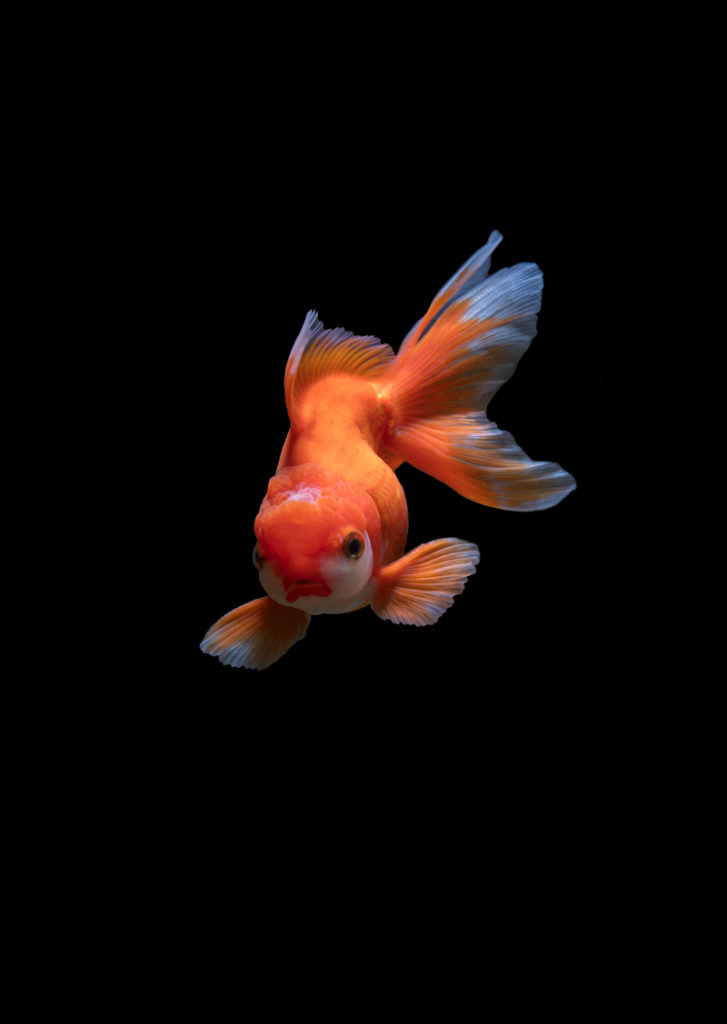
Although not as exotic as clownfish, goldfish are another example of orange fish. The goldfish’s distinctive color results from selective breeding over hundreds of years. These freshwater fish make good pets, as they are pretty hardy.
Foxes
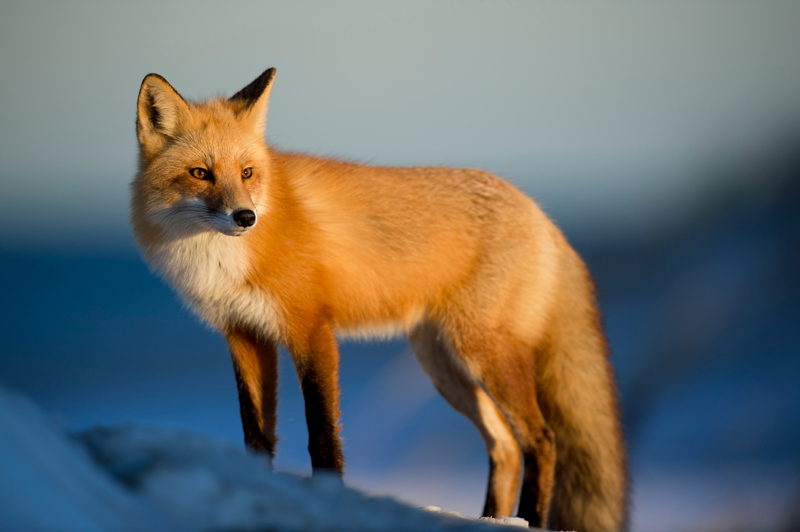
Foxes are one of the most well-known orange animals around. These nocturnal hunters mostly come out at night. But you may see one slipping away in the early morning if you’re lucky.
Octopuses
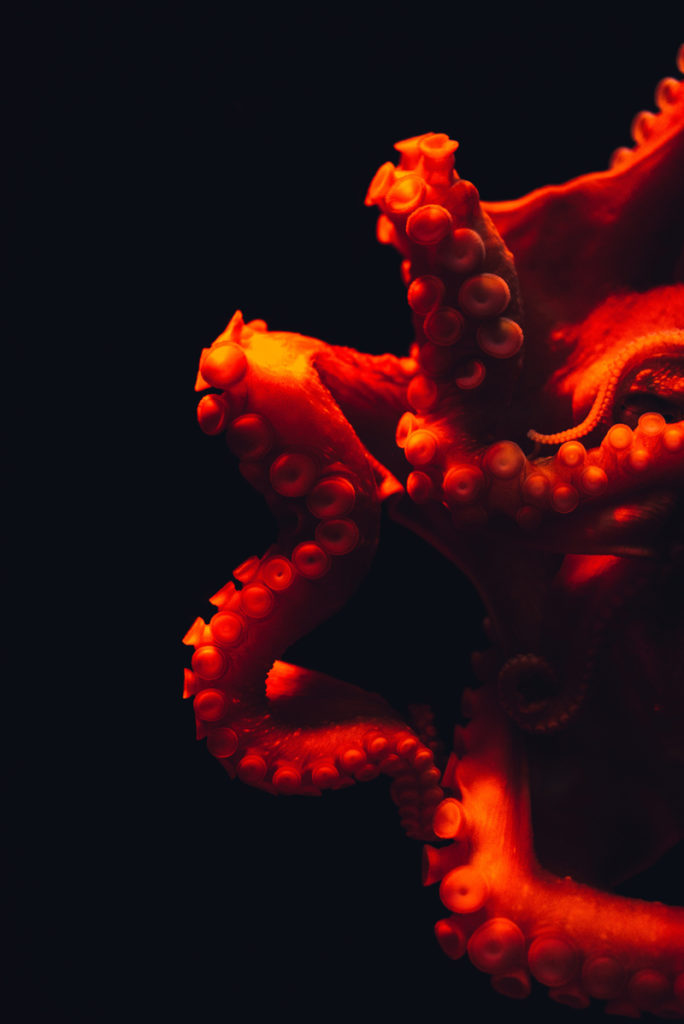
Octopuses are some of the most intelligent creatures that live in our oceans. These smart animals can change their color depending on their surroundings. So, an octopus may look orange one minute and then turn brown, gray, or green the next.
Tigers
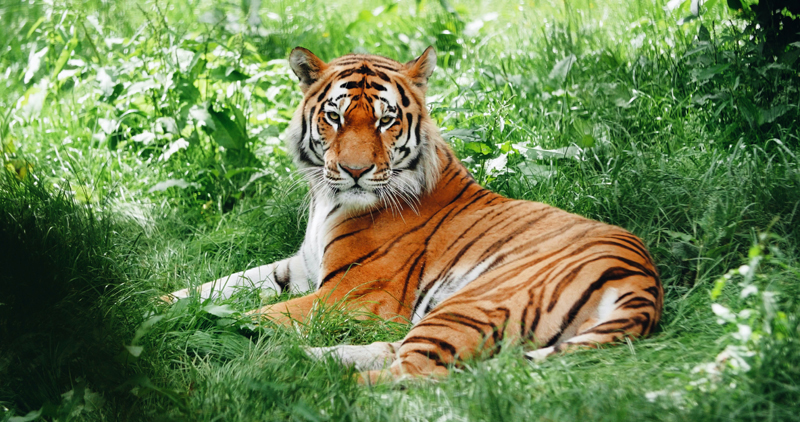
Another distinctive orange animal, the tiger, is the largest big cat. And it’s orange for a crucial reason. Its deep orange and black stripes allow it to blend in with the vegetation as it hunts. That’s because its prey has dichromatic vision, so it can’t see the color orange. Instead, the tiger appears green, making it easy to camouflage itself.
Cock-of-the-Rock Bird
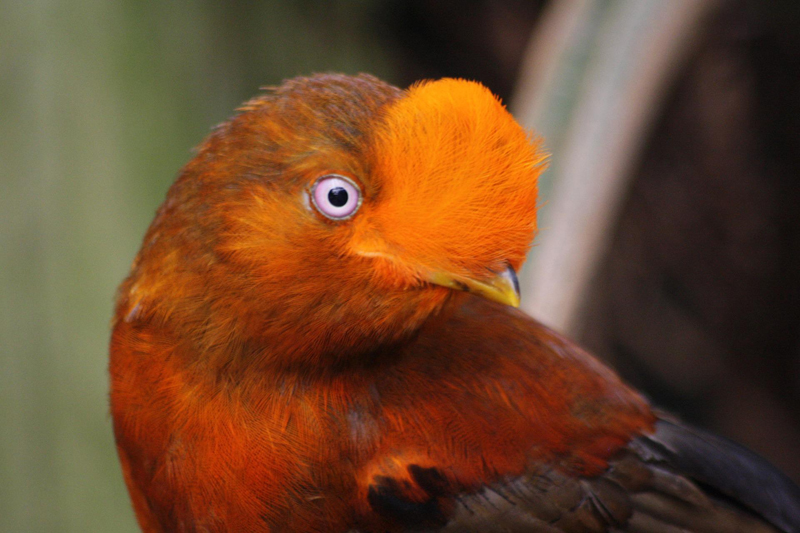
The Cock-of-the-Rock is a bright orange bird that’s native to South America. It’s common in tropical forests in the Andes from French Guiana to Colombia. The male of the species is very vibrant and easy to spot in nature.
Sunstone
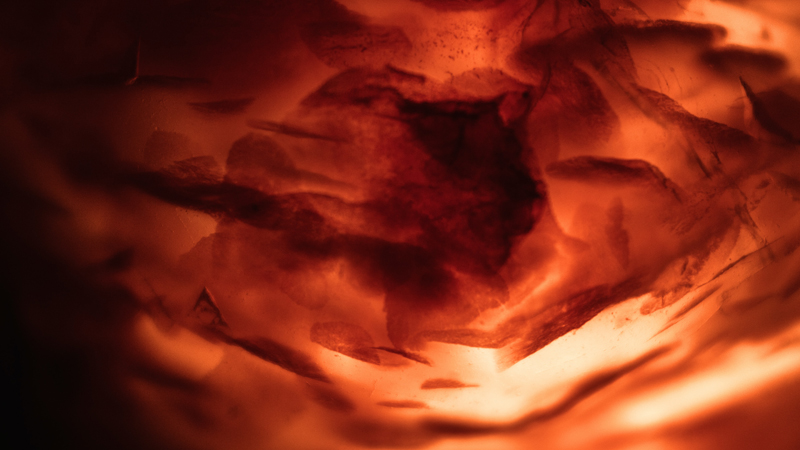
You might not have heard of sunstone, but it has a distinctive look. This orange mineral gets its color from tiny bits of copper. The sunstone’s center is the darkest part and gradually lightens closer to the rock’s surface. It can even look like it glitters and sparkles in some lights.
Amber
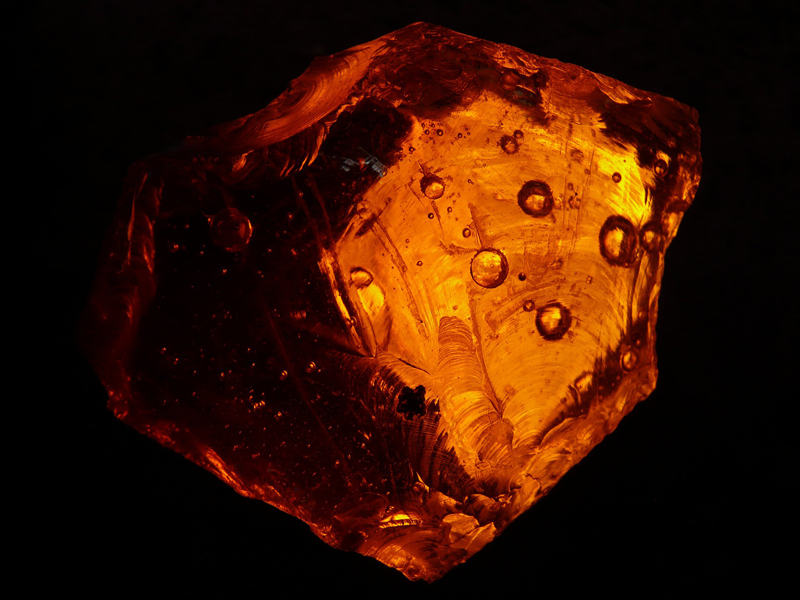
Amber is one of the most common orange gemstones, created in a unique way. Amber is the result of tree resin fossilizing millions of years ago. Sometimes, you’ll find small insects trapped inside in the process. Amber is a popular choice for jewelry, as it looks beautiful and feels warm against the skin.
Fire

A crackling fire on a cool summer night. Sitting around a campfire is magical and captivating. But fire can also be fierce and out of control. And in the same way, orange can signify coziness, warmth, or even danger.
Sunsets

There’s nothing quite so breathtaking as the sun setting orange over the horizon. Sunsets draw people out to behold the sky transformed from blue to orange, red, and yellow. It’s one of the most stunning natural occurrences of the color orange, and you can see it every day.
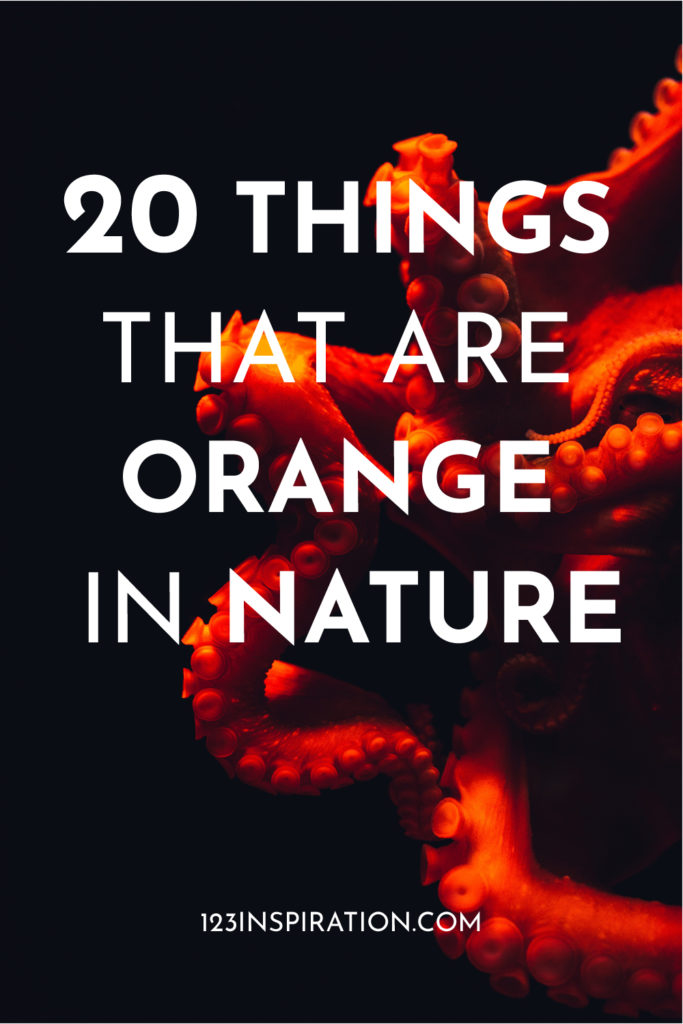
The Wrap Up
As you can see, orange occurs much more often in the natural world than you might have guessed. This vibrant color crops up in flowers, plants, animals, birds, minerals, and rocks.
What is your favorite orange thing in nature? Let me know in the comments below!
Follow Us for more creative tips, resources, and reviews.



